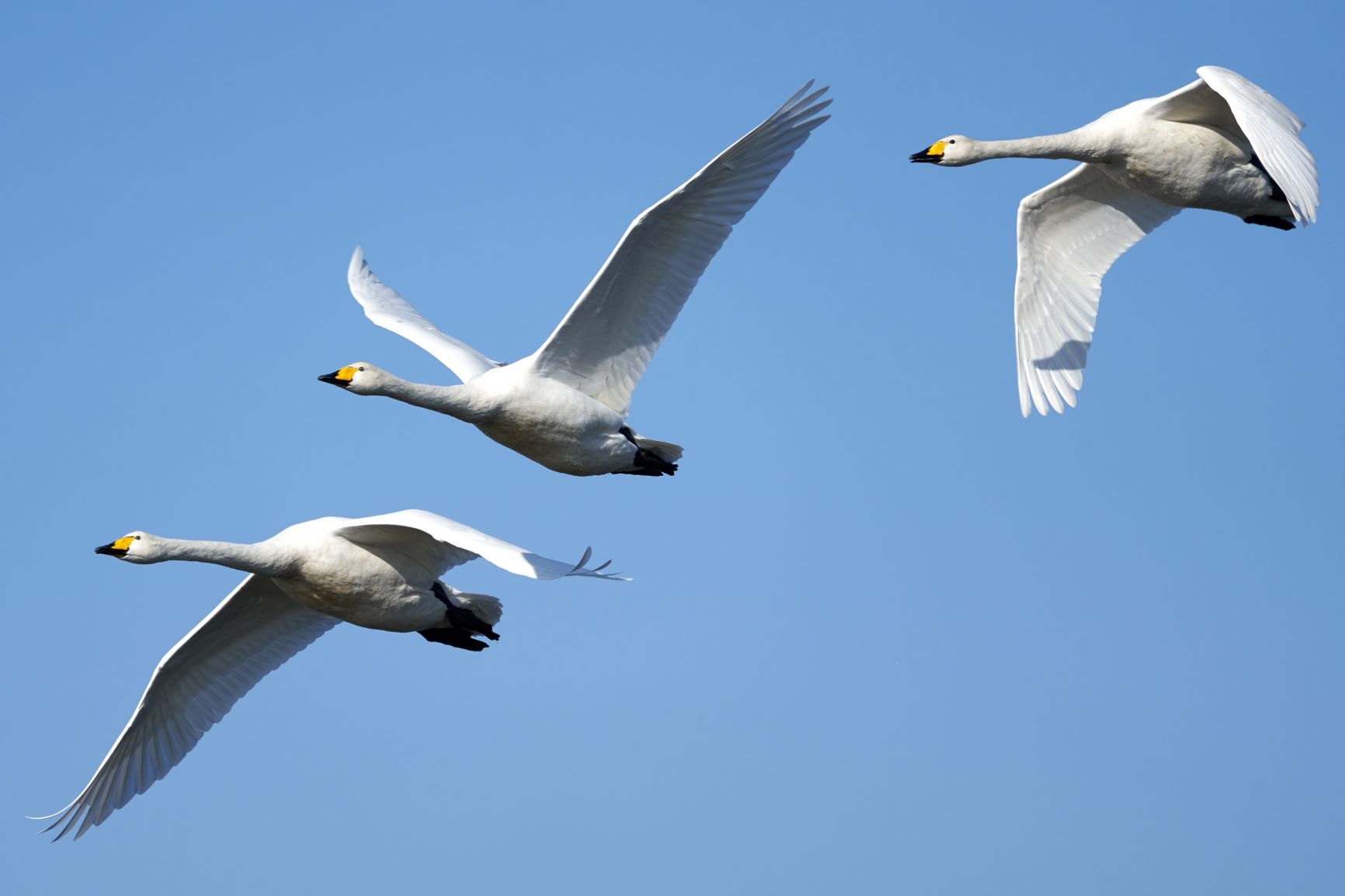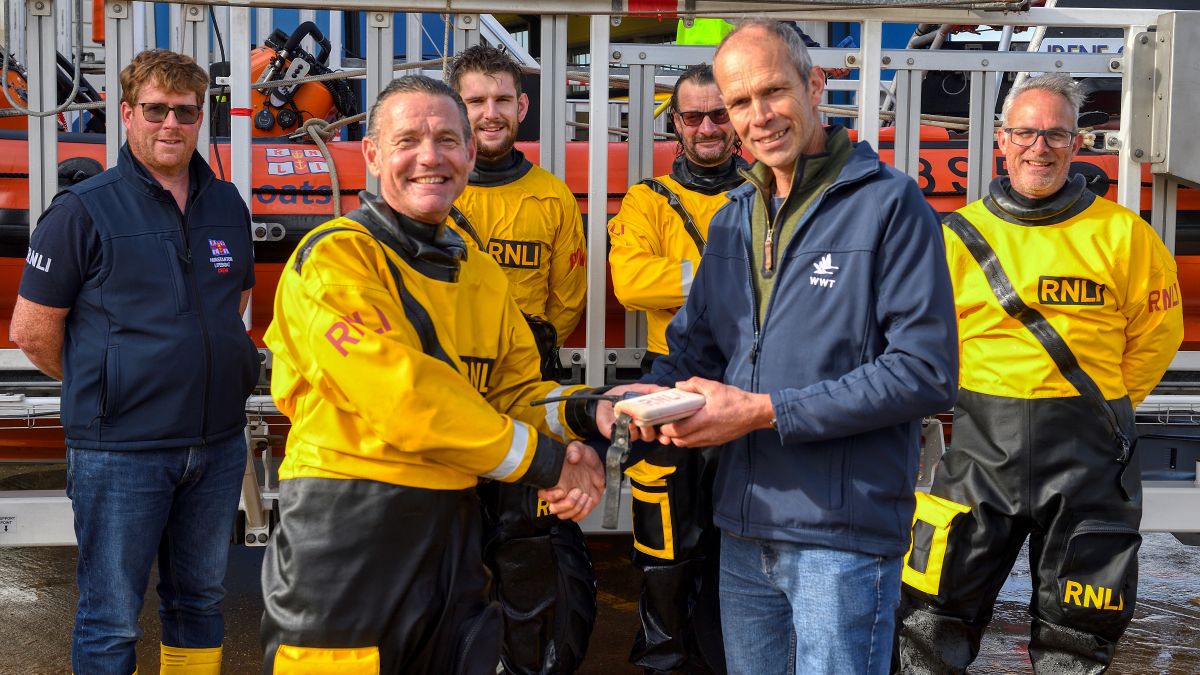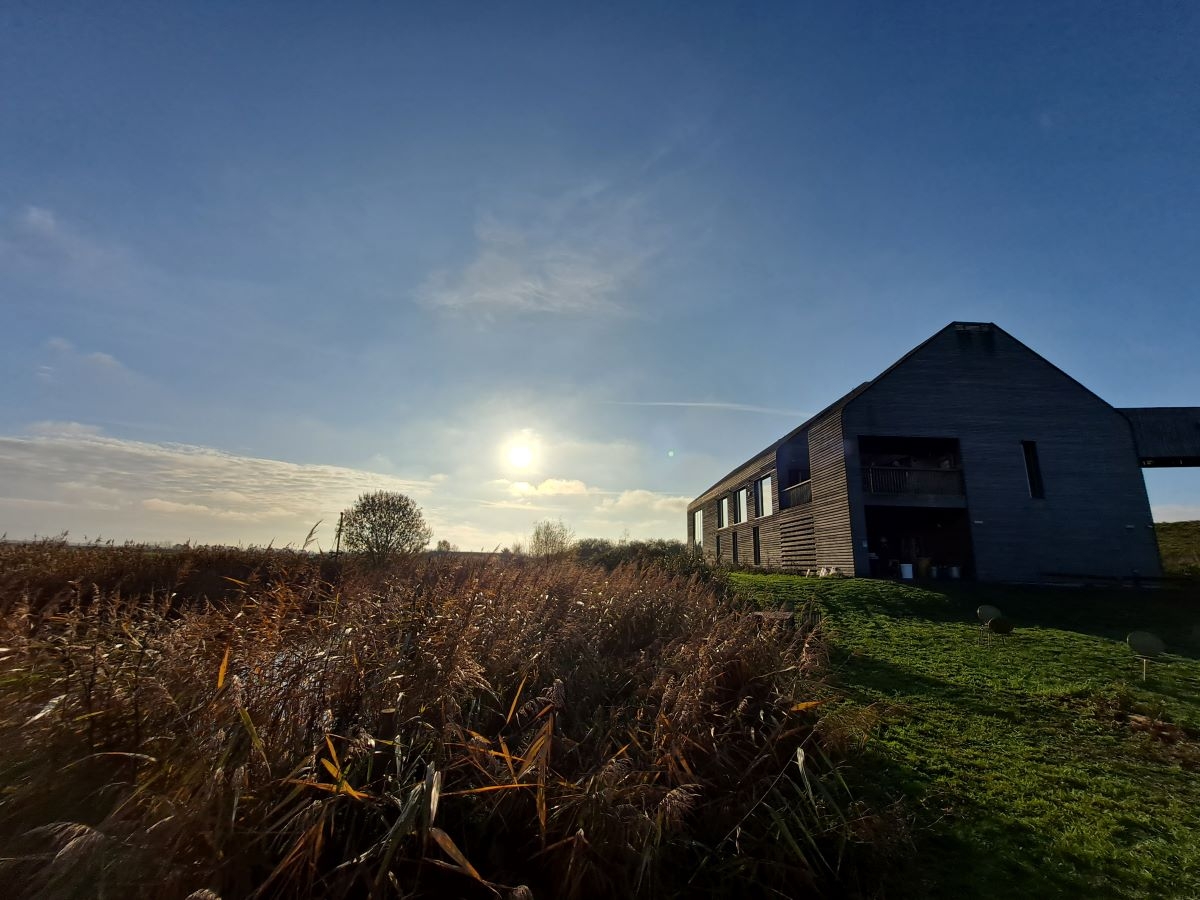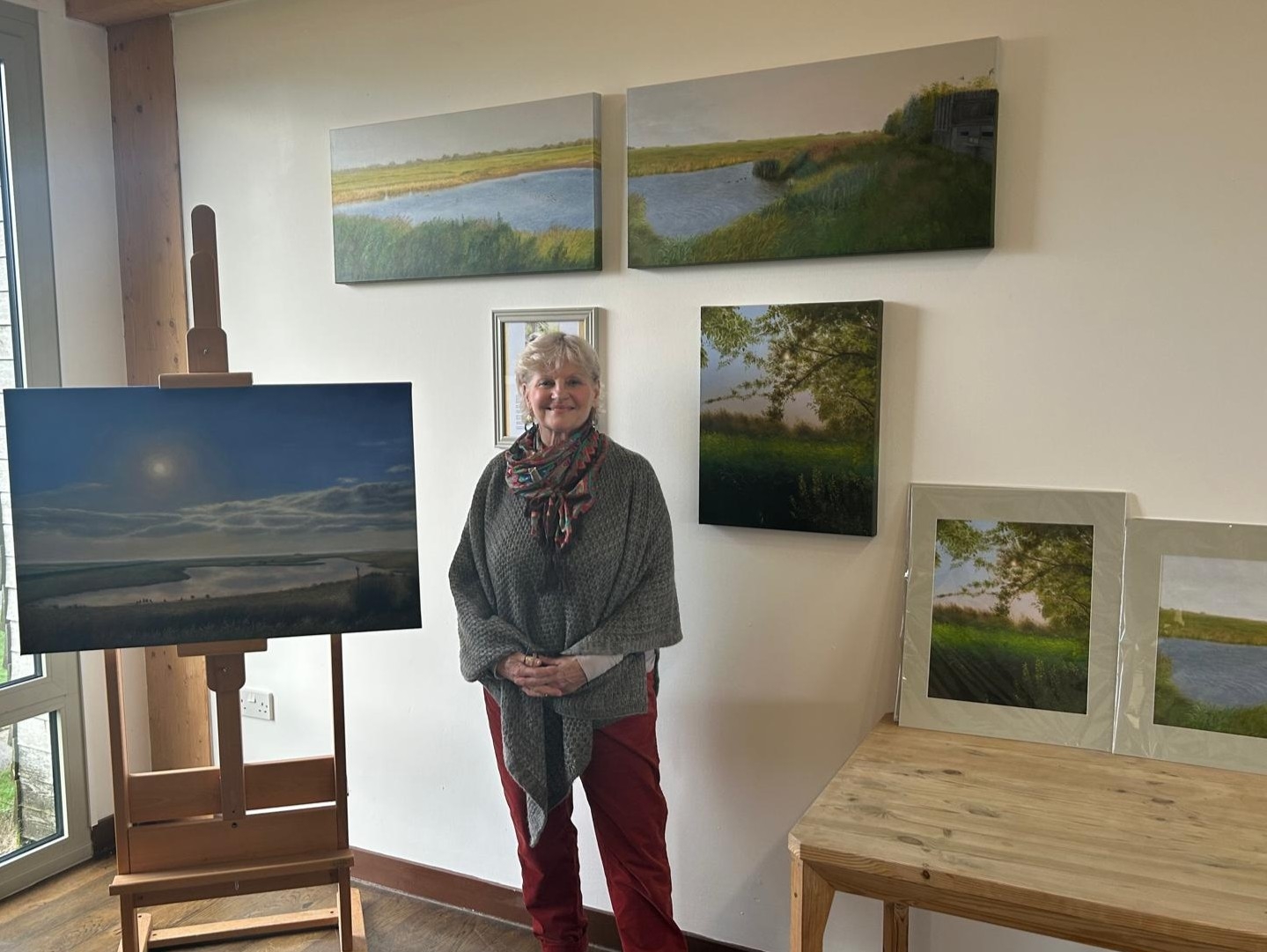2023 in review: Highlights & challenges
Grab a drink and a snack and join us on this blog to catch up with highlights at Welney and some of the challenges we faced in 2023. Here's to a better 2024 - Happy New Year!
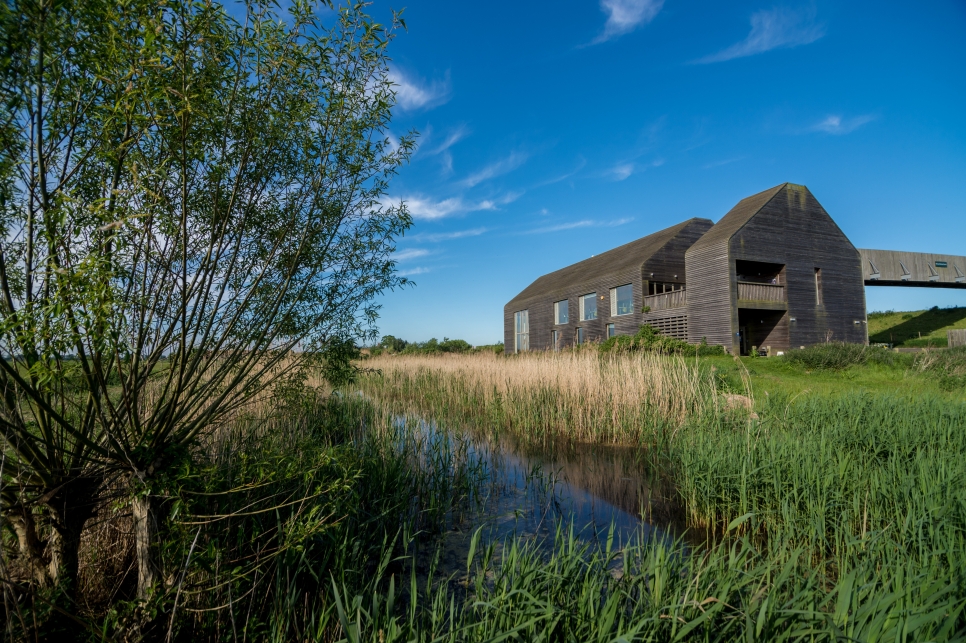
Well what a year it has been, in this blog we take a look at some of the highlights enjoyed amongst the team as well as the challenges faced in our work as we aim to enrich people’s lives and enhance our wetlands for wildlife and people. Grab a hot drink and a snack and get comfortable for this read.
Birdwatching delights
Quite often the bird species that use the reserve get the limelight and our wetlands are incredible for wintering birds offering a safe haven to spend the coldest part of the year or for spring species looking to breed. The wetlands you can view from the visitor centre, Lady Fen, once again provided an essential area for early breeding attempts as the Ouse Washes suffered spring flooding in March and April after a spell of late snow and heavy rainfall. Wading birds such as black-tailed godwit, redshank, snipe and lapwing made use of this area whilst the Ouse Washes were unavailable, with breeding pairs amongst the species double or even quadruple the numbers seen in the previous spring. Wading bird numbers were lower on the Ouse washes, but some of the duck species saw small increases with shelduck, gadwall, teal and tufted duck up on numbers from 2022. Also, a small increase in numbers of breeding yellow wagtail, the third year in a row that numbers of this summer migrant have grown.
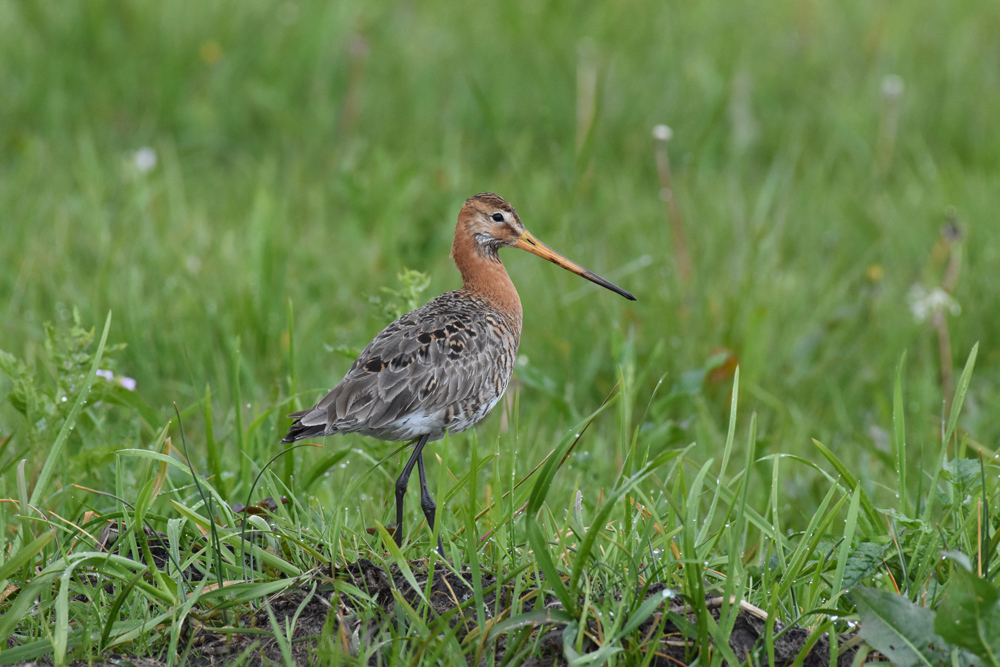
Back in January we had our co-ordinated swan count to get a handle on how many birds were roosting on the Ouse Washes and other key sites as well as feeding on the arable land in the Fens. We had a total of 1,113 Bewick’s swans in the Fens, far outnumbered by the number of Icelandic whooper swans. In December, we have just taken part in the International Bewick’s swan count and reported 349 Bewick’s, slightly up on this time last winter. We will see from our count in January 2024 what the peak number of Bewick’s swans will be. As with most recent winter the whooper swans are much greater in number, with 11,359 returned so far.
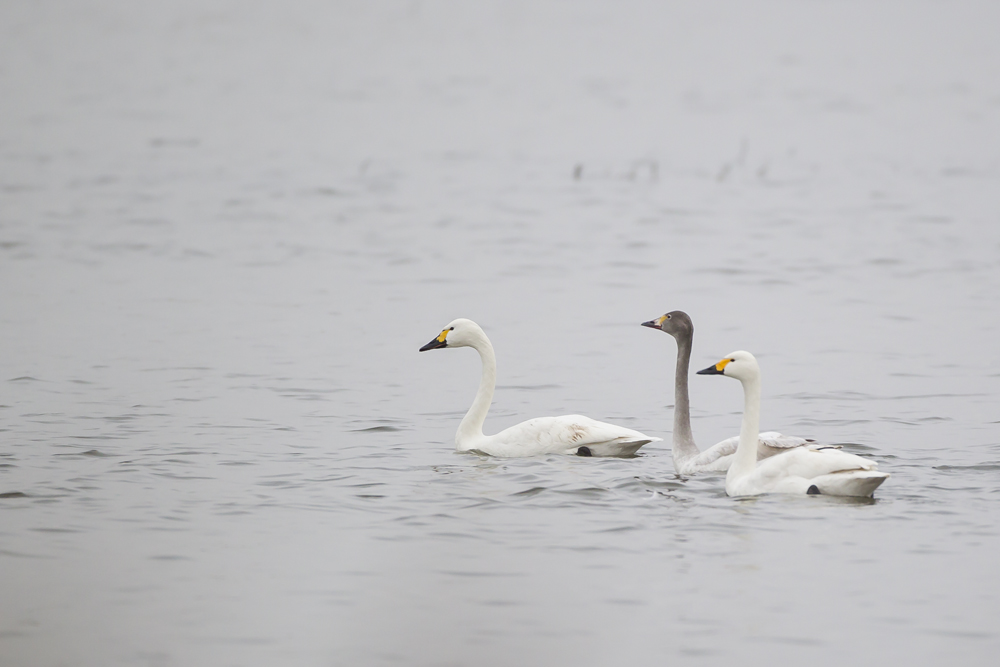
Valuing every visitor
Our team of staff and volunteers love welcoming visitors and sharing our wetlands and wildlife with everyone who chooses to spend time at Welney. That support is especially appreciated at times when it is not easy to get to us. It is frustrating when water levels are high as it reduces the amount of wetlands available for many bird species, ideal conditions are a balance of water and land available. The reserve teams spend much of the year caring for the wetland habitat and to then get lower numbers of birds able to use it is sad. Whilst appreciating the role that the Ouse Washes play in taking on floodwater from the catchment of the River Ouse, wetlands as important as these cannot be unavailable for prolonged periods of time without having an effect on the species. Also, being in a rural area with no direct public transport links, it is not as easy as we would like for everyone to access us. Then when there are restriction on local roads it makes it that much harder. So we really do mean that we appreciate the visits and returns you make to our beautiful site.
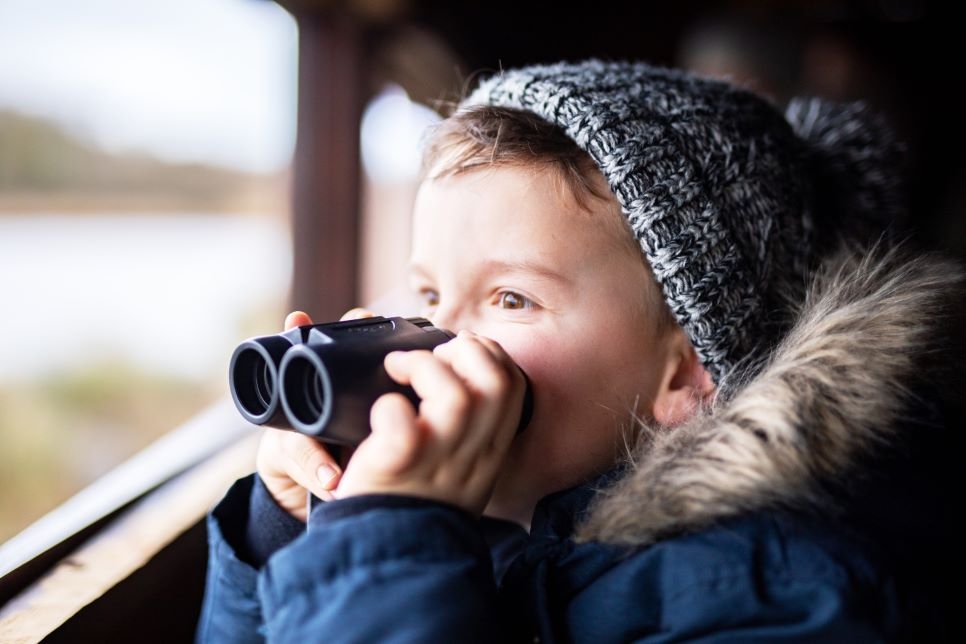
We really enjoyed our February half term activities as part of Big Hide Out sharing more of our birdwatching activities with visitors, especially families as we came to the end of our swan season. Building bird boxes, putting on a Big Birdlog Day and getting people out and about on guided experiences was brilliant.
It was fantastic at the end of September this year to host the first Open Day we have had in quite some time. 400 people came out to share in a range of activities and experience our wonderful wetlands. Celebrating the fantastic work that Project Godwit have achieved and learning about why it is so important to continue conserving and restoring wetland habitats. We’re always looking for more ways to help people connect with wetlands whilst being mindful of the monetary support our charity receives from visitors, members and donations.
Don’t forget the small stuff
The birdlife that our wetlands supports is only part of the incredible life found at Welney. This summer we shared some of our smaller species as we ran a weekly moth trap, making nocturnal wildlife available for people to enjoy at the Welcome Desk. From April to October we caught 6,916 moths of 261 different species. By doing a weekly catch we were able to show people and enjoy the different varieties of species on the wing in each month. The highest count of a single species was the burnished brass moth with 571 individual moths. Once the moths have been enjoyed during the day, they are set free in the late afternoon to continue with their life cycle.
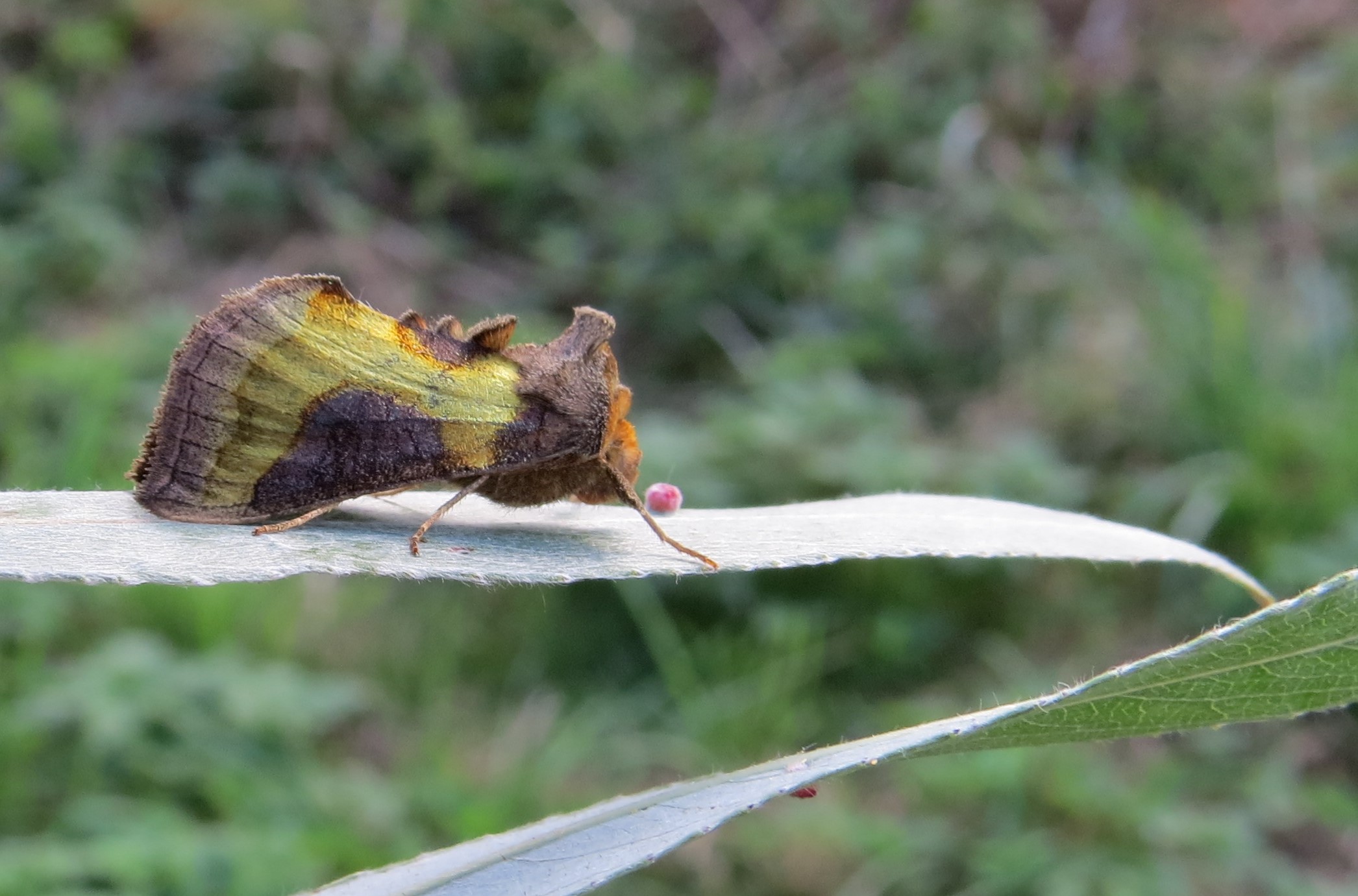
We love sharing summer evening with visitors on our bat & barn owl events (selected dates). This summer we had 10 bat species recorded, always common and soprano pipistrelle, with some of the more unusual species making an appearance. Barn owl sightings started well in May but after a wild and stormy June the local barn owl population seemed to take a hit and sightings were scarce, even into winter.
Wildlife watching in comfort
As well as the wilder parts of the reserve, visitors enjoy the comforts offered in our visitor centre, and every penny spent in our Wigeon Café and gift shop go towards our wetland conservation efforts. On our Open Day in September people supported our Limosa Lattes a spin on a popular hot drink for the event. Fruit scones seem to be the preferred variety with over 833 sold since February – we do vary it up with other options throughout the year.
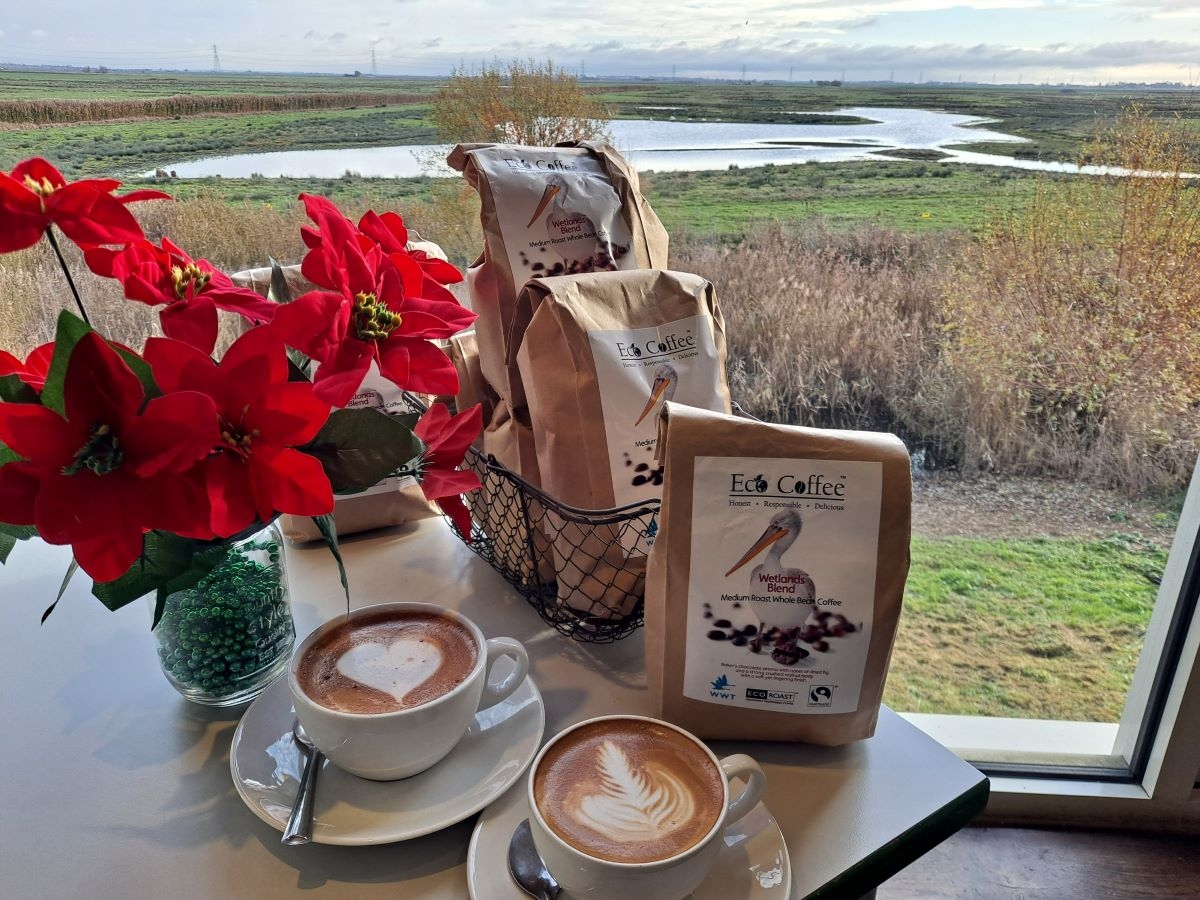
The Wigeon Café is ideally located to combine delicious food and drink with watching sensational wildlife. Top sightings from the café include, Black-tailed godwit chicks being ringed (at distance, we didn’t bring them into the café), glossy ibis and bittern flybys, the sound of corncrake calling and the first Bewick’s swan arrivals for winter – that’s got to be up there with the best of them.
Summer visitors
Many visitors say they enjoy watching the herds of cattle our across the wetlands during the summer months. They aren’t just here for decoration, they play a vital role in the management of the vegetation, and soils benefitting a whole host of species. From 24th April to 25th October we had a total of 435 cattle across the Ouse Washes and Lady Fen. The majority of those are cows with calves at foot, some of the herds have a bull in with them for part of the time. The spring flooding and early autumn flooding make for a tricky start and end to the season, but the graziers all said that they were happy with the condition of their herds as they departed our wetlands. One of our graziers even commented that he sends his best cattle here as they always do best on WWT Wetlands.
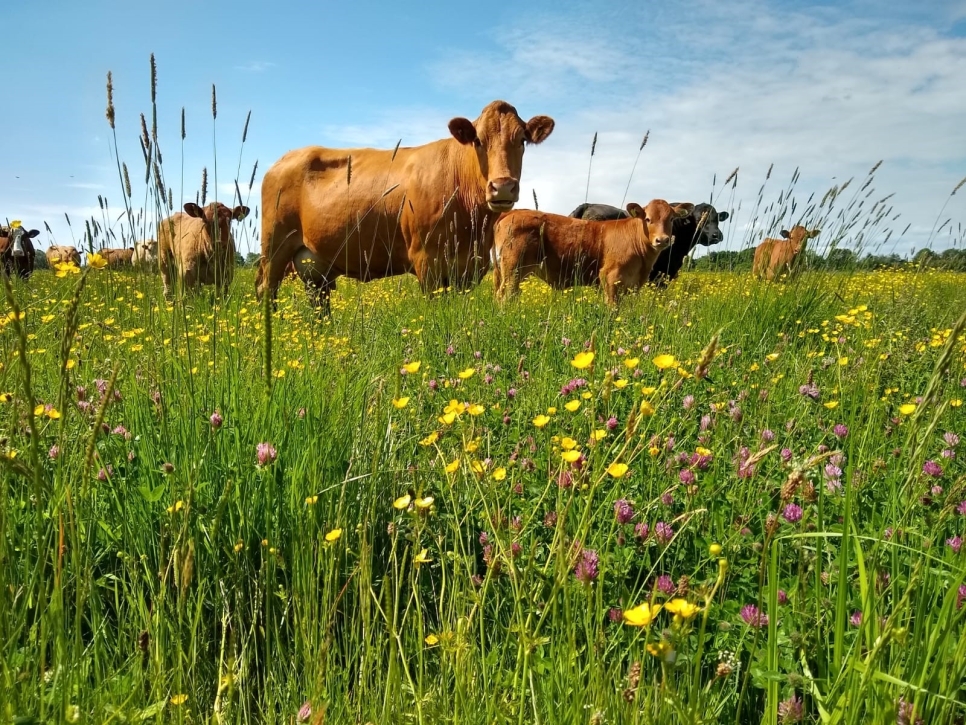
Our Grazing Officer, David Tough, is responsible for the cattle whilst they are on the wetlands but he couldn’t take such great care of them without the efforts of the reserve team, particularly Sam and Emilie this year. Evacuating cattle as the flood water was rising in autumn is a huge effort and not without worry, but having a great team is essential at such times.
Wonderful volunteers
Where would we be without our wonderful team of volunteers – they are such an essential part of our work. All together our visitor experience, reserve and media volunteer teams have given over 5,000 hours to WWT Welney. That equates to over 666 working days, which is a fantastic effort. We’ve put on some extra opportunities this summer for visitors to take a walk with our volunteers and share our wetland wildlife over a chat. As ever the team have been incredible supporting the reserve and centre at times of need as well as celebrating when the wildlife and projects have seen success.
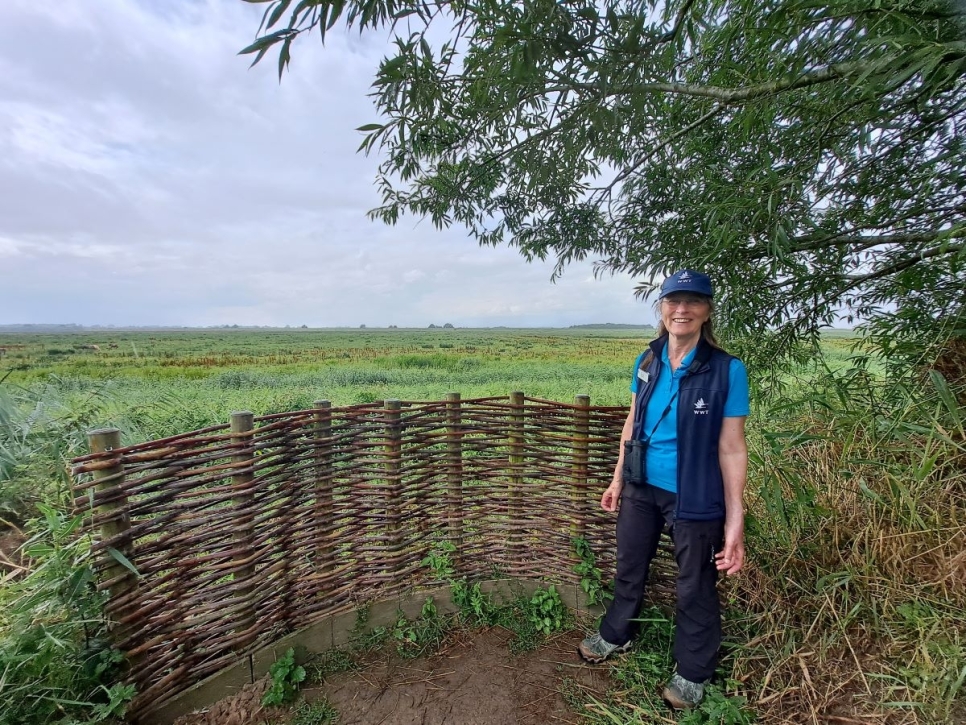
The future of wetlands
WWT Welney had seen some incredible changes in the local area since it began in 1970 and we hope to be here for years to come, championing wetlands for wildlife and people. One thing we do need in the future, especially as we are in a climate crisis, is wetland restoration through the improvement of existing wetlands and the creation of wetlands where there would have historically been much more. Our Waterscapes Team have a Fens Waterscape Manager who works to identify large-scale opportunities for wetland restoration and creation in the Fens. Using our very own Lady Fen as an example and sharing knowledge between ourselves and amongst landowners to inspire people in creating their own wetlands – large or small – can only be good for wildlife, people and the climate.
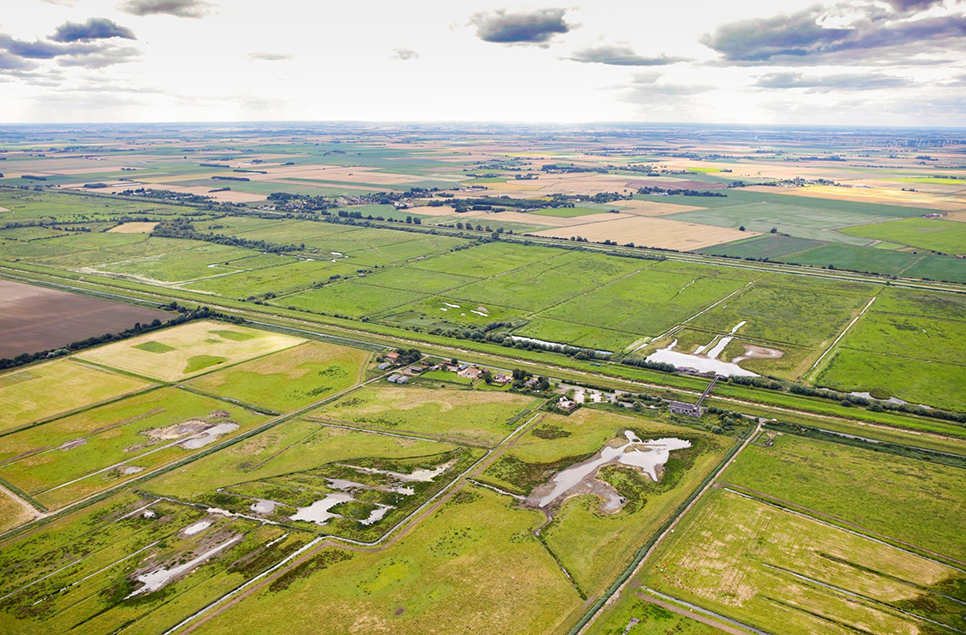
Wetlands are the way to help diverse, water-loving wildlife bounce back. They can also help improve water quality, store water, reduce flood risk and create special places for people to enjoy. This unlocks multiple benefits and great wins for both wildlife and local communities. WWT are partners in a wide range of exciting initiatives and are keen to support family enterprises like is one https://www.oxwillow.co.uk/who-we-are/our-present/. Together through partnerships and sharing knowledge, was can find opportunities for areas of arable land which struggle in a changing climate to become opportunities for wetlands. Creating diverse landscapes with a mosaic of pools, ditches and associated wet grassland. Landowners are sharing their knowledge too on how their soils and the hydrology of their land can benefit from wetlands being part of the landscape, as well as providing enjoyment and inspiration for local people.
Here’s to a few more highlights and (hopefully) less challenges in 2024 – Happy New Year!
